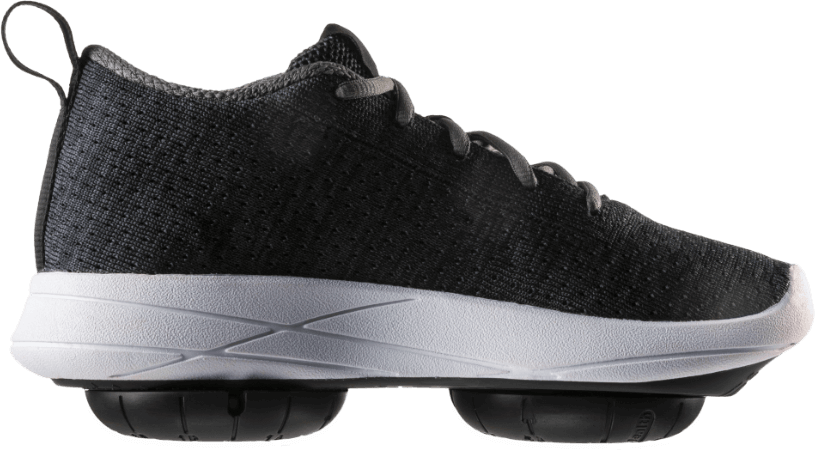There is nothing wrong with you for experiencing knee and/or lower back pain, but there might be something wrong with the way your body and muscles are responding to the pain.
In other words, your body may have developed habits along the way that, over time, have affected your naturally healthy posture and movement.
As a result, your limbs have become misaligned. That misalignment causes you to overcompensate with more unhealthy muscle, and joint movements—exacerbating the problem even more and creating a vicious cycle.
Passive Pain-Relief Methods

Passive pain relief methods—in which the patient doesn’t actively improve their body’s movement patterns—such as meds, surgery, acupuncture, and chiropractic therapy each have their place. But they won’t set your body on a new and improved trajectory. Here are some short explanations as to why that is:
- Meds may take away the pain and decrease inflammation, but they won’t help you move correctly—meaning the problem will continue to persist.
- Surgery can be beneficial in repairing or replacing the damaged part of your joint, but it won’t fix the problematic movements patterns. So your movement patterns will likely have to be addressed with physical therapy as part of the post-surgical rehabilitation process, anyway.
- Acupuncture has been shown to reduce inflammation and relieve chronic pain, but it is not designed to improve one’s movement patterns
- Chiropractic therapy can release the pain by adjusting your alignment, undoing some of the damage temporarily, but unless it’s coupled with motion exercises, it will not teach you to move correctly—and the vicious cycle will not be undone.
All 4 of the above-listed treatments have one thing in common. What is one thing that limits each of them from providing long-term improvements? Hint: think about who, or what is doing all of the work.
That’s correct, in all of the above cases, the health care provider—or in the case of medicines, the medicine’s active ingredient—does all of the work for you. That’s why your body is not learning the motor control skills necessary to address the problem.
Game Changers: Kinesthetic Pain-Relief Methods
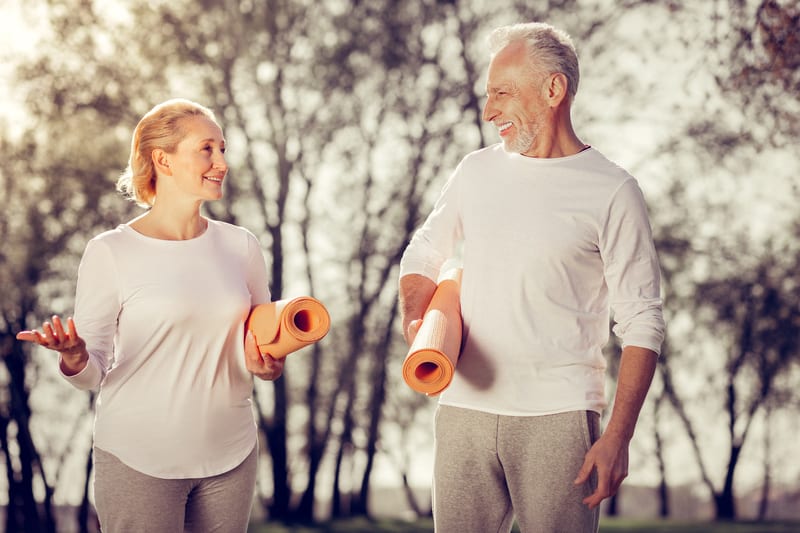
Many of us hold a common misconception about our bodies—we treat our bodies like we treat our cars. And just like when a car needs a fix, we take it to the mechanic and pay them to do all the work. When our body needs a fix, we take it to a practitioner who we pay to do all the work.
Which works some of the time for some of the pain.
But to address knee and lower back pain head-on, you will need to adopt a new set of movement patterns. It requires reprogramming—reprogramming that only you, and no one else, can do for long term relief.
You might be thinking, there must be an easier way. Happily, the answer is yes, there is, which we’ll discuss shortly.
4 Ways to Reprogram Your Body
1. AposHealth - Walking Pattern Correction Shoes
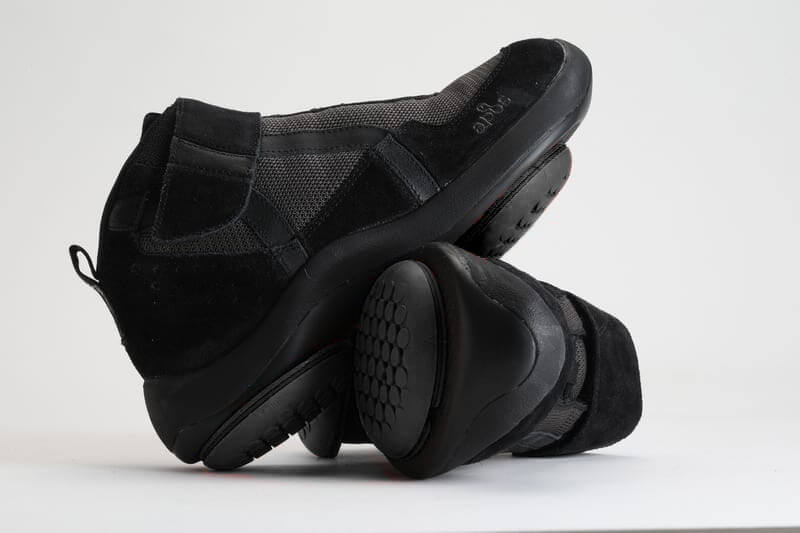
Pros
- Clinically proven to temporarily relieve knee pain42 and improve function42
- Does not disrupt one’s daily schedule
- Patients give positive feedback, 98% of patients said they would recommend it to friends and family
Cons
- Limited to specific locations
- Limited to specific insurance coverage
AposHealth walking pattern correction shoes actually re-teach you to walk efficiently. To get maximum benefit from them you should plan to wear them for about one hour a day.

As mentioned earlier, there is no way to reprogram your body towards better movement mechanics without some effort. However, AposHealth provides a shortcut because it doesn’t require you to interrupt your daily routine. You just lace up and go about your business—sometimes sitting, sometimes standing—for one hour per day.
At your evaluation, if the clinician decides that you are a candidate for AposHealth, they will adjust the settings of the pods under the sole in such a way that corrects your natural walking patterns without you having to actively figure out how to do so yourself. You just walk and leave the details to the shoes.
This video describes how the shoes work.
2. Tai Chi
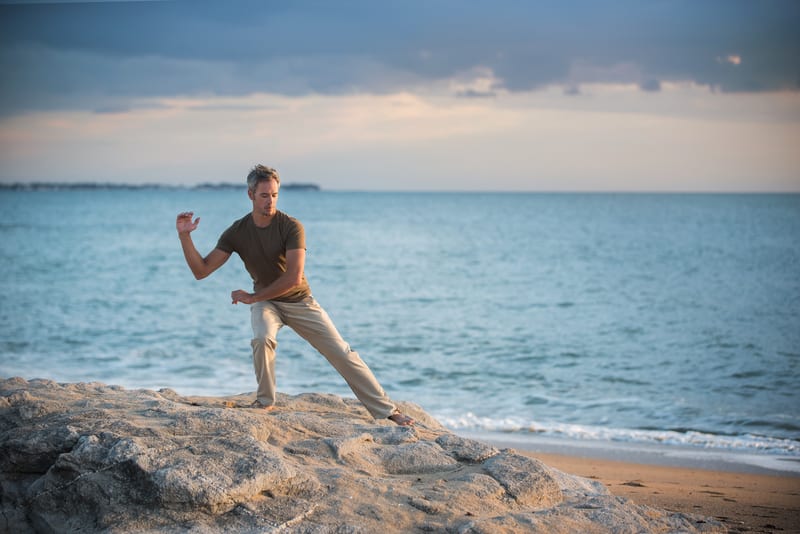
Pros
- Improves movement mechanics
- Good for confidence
- Good for general health
Cons
- Requires regular learning with a teacher and regular practice
- Results can be slow
- Can result in injury
- Requires regular expense
- Not necessarily designed around the individual’s needs
Tai Chi is a martial art that has been made famous by those ultra-focused people in the park moving in slow-motion.
Done quickly, Tai Chi is an effective form of martial art.
Done slowly, Tai Chi is an effective form of moving meditation.
The slow and fluid movements of Tai Chi serve to slowly reprogram the body towards better alignment and mechanics. And although all forms of martial arts can have these similar benefits, Tai Chi is unique in that its slow movements serve to prevent further injury.
3. Yoga
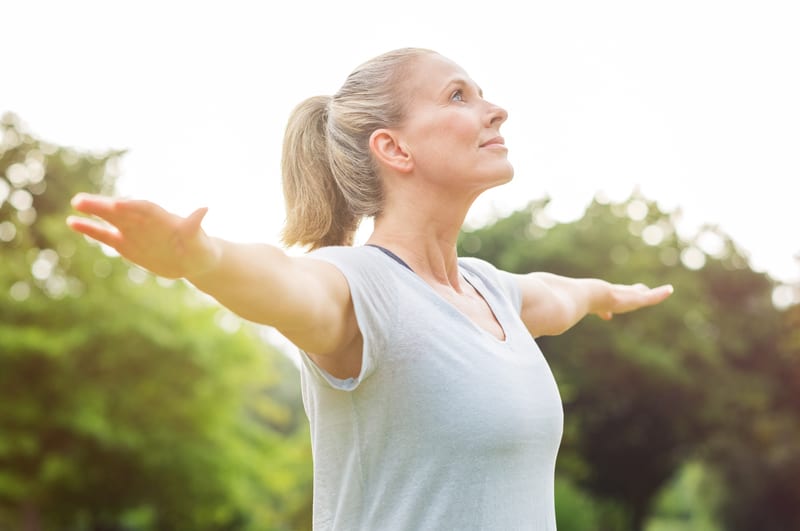
Pros
- Improves body alignment
- Good for general health and wellbeing
- Classes can be fun and social
Cons
- Emphasis is on posture more than movement mechanics
- Requires regular learning with a teacher and practice
- Can cause injury
- Requires regular expense
Yoga is similar to Tai Chi in that it is a form of moving meditation, but it is different in that the movements themselves are not the main focus of the exercise. Most of your time with yoga is spent in fixed positions.
That is to say that while practicing yoga one spends most of the time practicing how to align their body better, but much less time spent on improving the mechanics of each movement.
4. Physical Therapy
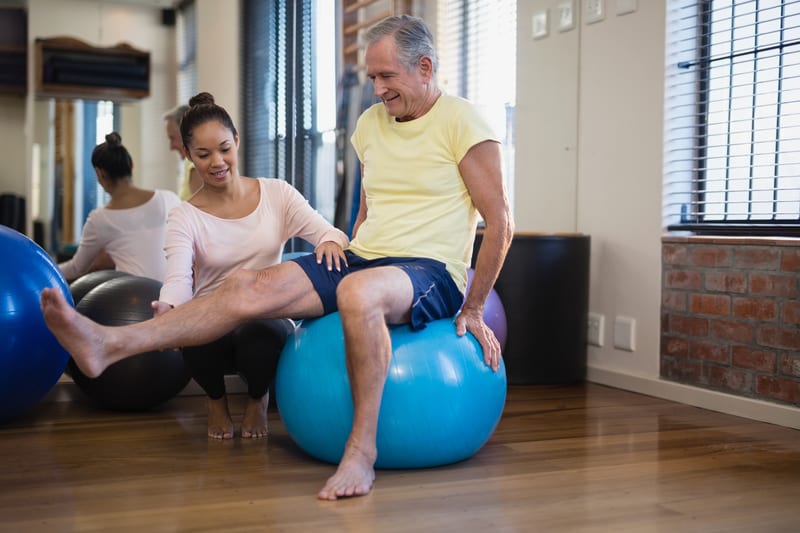
Pros
- Targets specific problems with body alignment and body mechanics
- Can be beneficial to general health
- Personal expert instruction on neuromuscular control
Cons
- Requires regular appointments and practice
- Requires interrupting one’s daily routine
- Results can be slow
A competent physical therapist will help you improve your neuromuscular movement patterns and body alignment that is very task-specific to your needs. So, whereas with martial arts and yoga you will learn a skill that comes with all of its various other benefits, physical therapy focuses on fixing what hurts with your normal activities of daily living. Once it’s addressed, physical therapy is finished.
One advantage to physical therapy is that it is done with a therapist who can teach you specific exercises tailored to you and your injury—making it relatively safe.
The Bottom Line
Passive pain relief methods such as medication, surgery, and acupuncture can relieve pain passively, without you having to perform any activity for them. But in order to re-educate to body towards better biomechanics requires activity.
Activities such as Tai Chi, yoga, physical therapy, and AposHealth®, on the other hand, can actually improve the body’s biomechanics—retraining one’s muscles towards better movement patterns.
